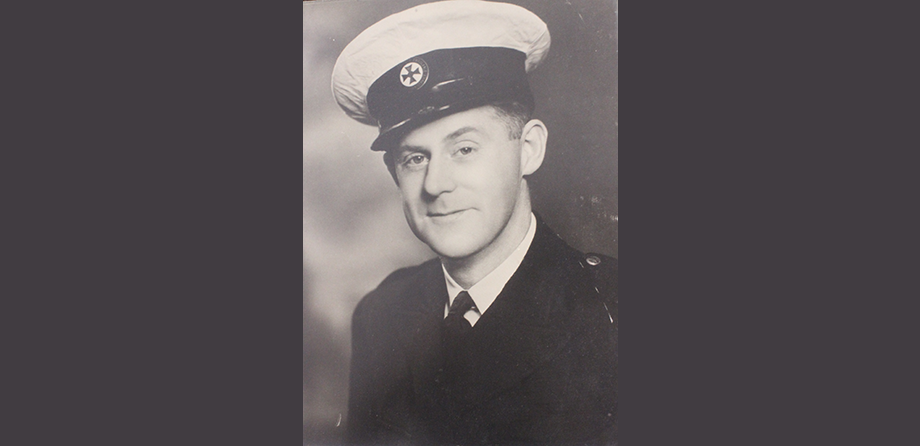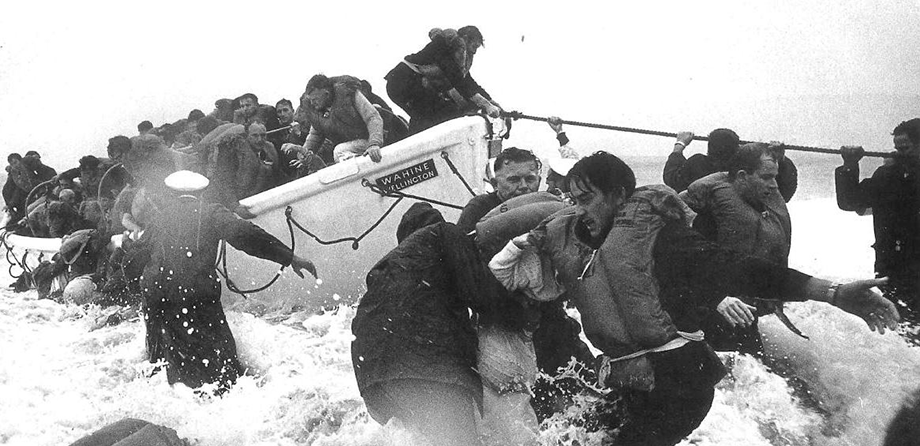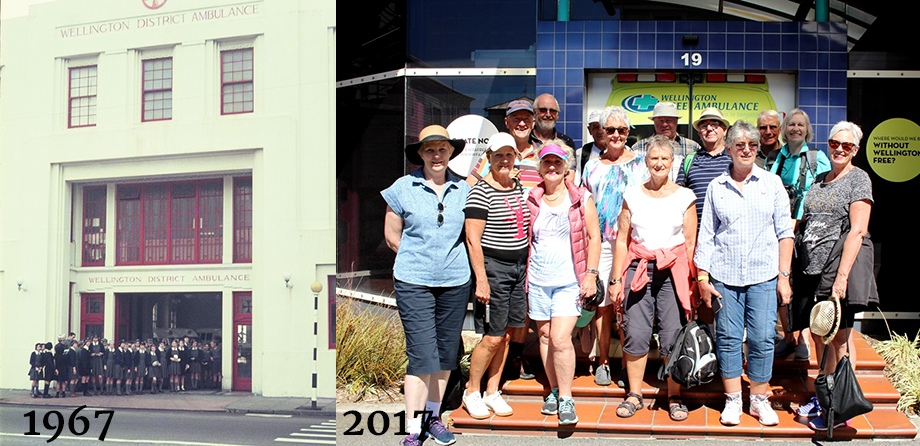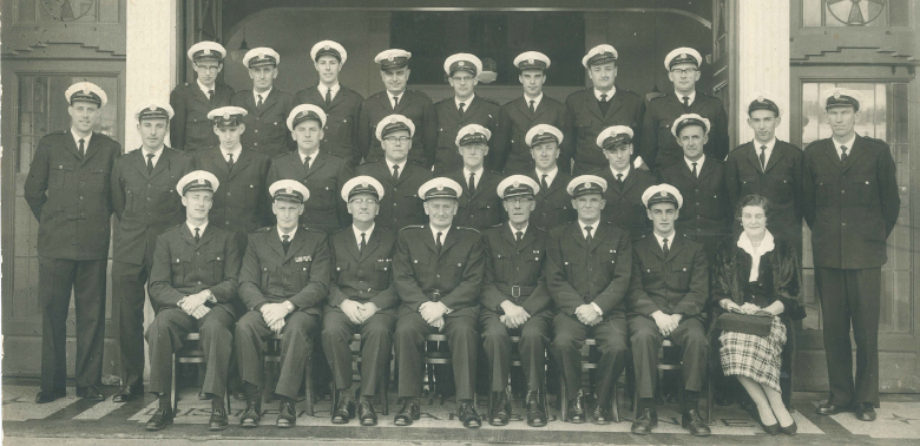Our history
1960s
{{articleInView.title}}
In loving memory of Sydney Barlow
The evening of Sunday 14 June 1964 saw the unthinkable happen at Wellington Free Ambulance.

Wahine disaster
On the morning of 10 April 1968, Wellingtonians woke up to gale force winds and torrential rain. Most people thought it was just another day in windy Wellington but with winter on the horizon.

Matamata Intermediate School reunion
On 5 July 1964 a class of 12 and 13 year olds from Matamata Intermediate School set off on a week-long adventure to the see the sights of the capital city!

The group of 33 students was supervised by their classroom teacher Brian Coomber and two supporting adults. For many of these children it was their first visit away from home, but they all had an excellent time! “The pupils loved the trip and it made a real impact on them” says Brian.
Part of their trip was to visit Wellington Free Ambulance, then based on Cable Street. The visit to Wellington Free Ambulance obviously had an impact. The children were especially impressed that ‘during the 24 hour off the men are allowed to leave the station’ and they especially liked that in-between calls the crew of the time could ‘play darts, billiards, cards and other games. In the dining room they have a TV set.’
The group of students stayed in contact over the years and this year the former classmates gathered in Wellington for a get-together, 52 years later! 18 former pupils, now aged 64 and 65 years old, arrived at Wellington Free’s Thorndon Station on a sunny Friday afternoon for a repeat visit and a moment of nostalgia. Class teacher Brian accompanied them on the trip and still managed to let them know who was in charge! The group was given a tour by Richard, one of our longest serving paramedics. Richard has been part of the Wellington Free team since 1970.
The group had an equally interesting visit this time round; although no official post trip report was written we managed to replicate their group photo 52 years later. Nice one Matamata Intermediate School!
Celebrating our volunteers
Wellington Free Ambulance has been relying on the kindness of volunteers for the past 90 years.

Volunteering in 1927 was very different to how it is now but the Men’s Auxiliary still formed an integral part of the service. With no official first aid training or authority to drive ambulance vehicles, honorary members of the team helped in a number of other ways. They double crewed with staff members to lend a hand at big incidents or multiple casualty cases. When not on the road with ambulance officers they helped on station, cleaning and sorting vehicles and equipment. When time allowed they had ‘first aid tuition’ from their ‘permanent’ colleagues and learnt about cases from the team who were actually there.
When Wellington Free started in 1927 the staff consisted of the Superintendent, who also acted as the secretary and organiser, six permanent bearers and 14 honorary bearers. We now have around 200 skilled and qualified paramedics.
Joining the Men’s Auxiliary and volunteering with the team was invaluable experience if you wanted to join the permanent staff. Denis Smithson joined the Men’s Auxiliary in 1967, volunteering for three years with the team before joining the permanent staff. He continued to work as an ambulance officer for over 40 years. You can read more about Denis’ experience as a member of the men’s auxiliary in the story about Sydney Barlow in this section.
Our volunteers have always been a generous and committed team who play a huge part in keeping the ‘free’ in Wellington Free Ambulance.
For information about volunteering and to find out how you can join the team, visit the volunteer page.